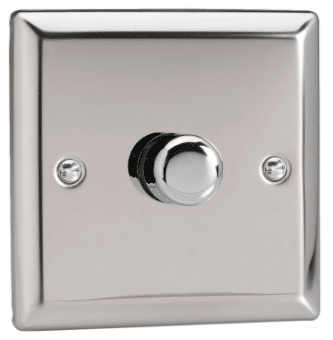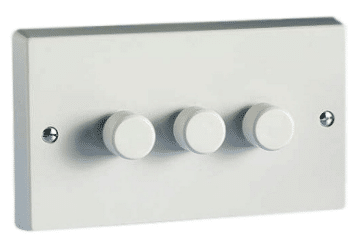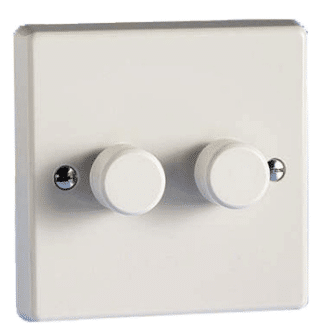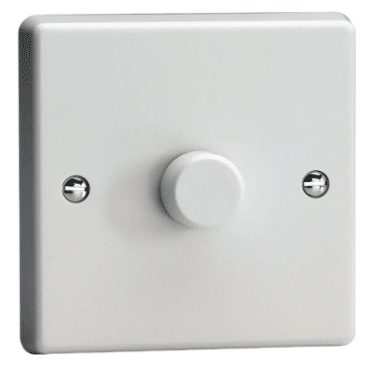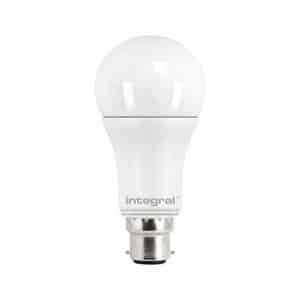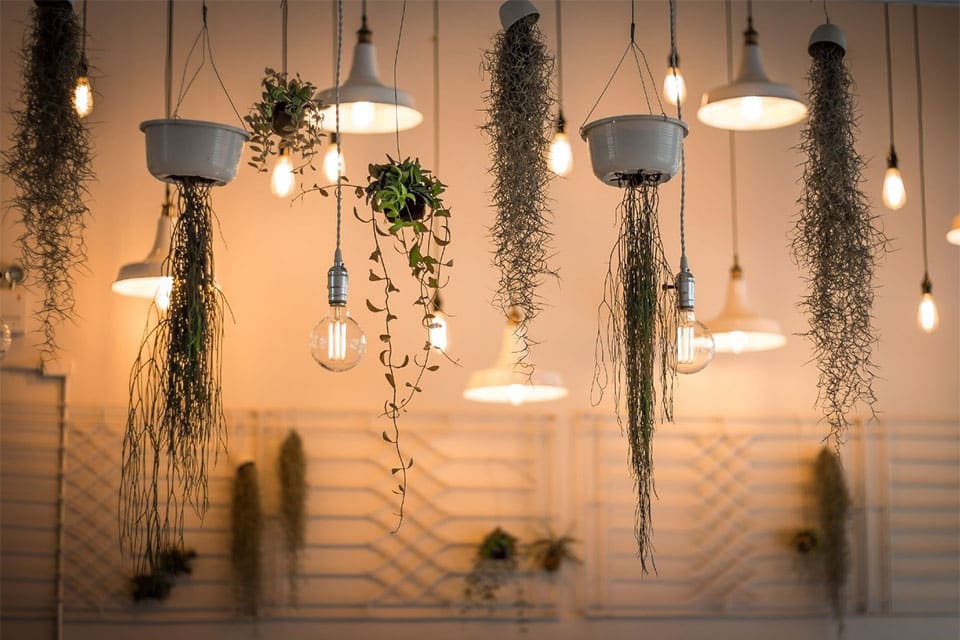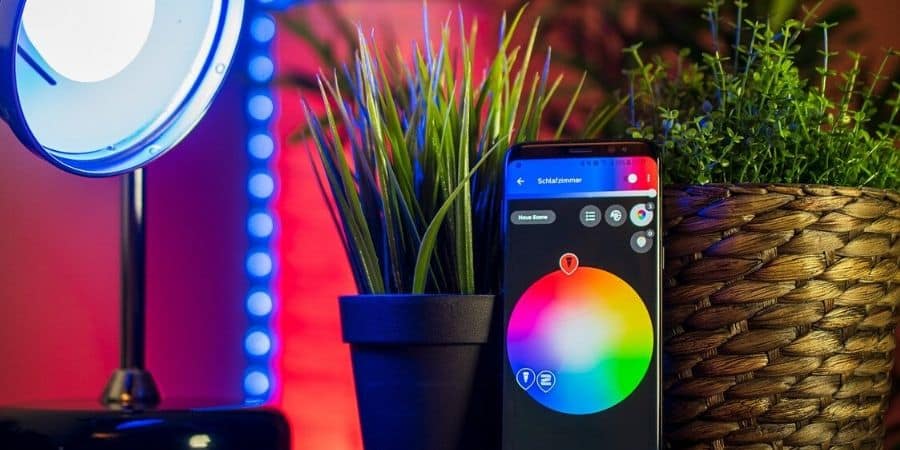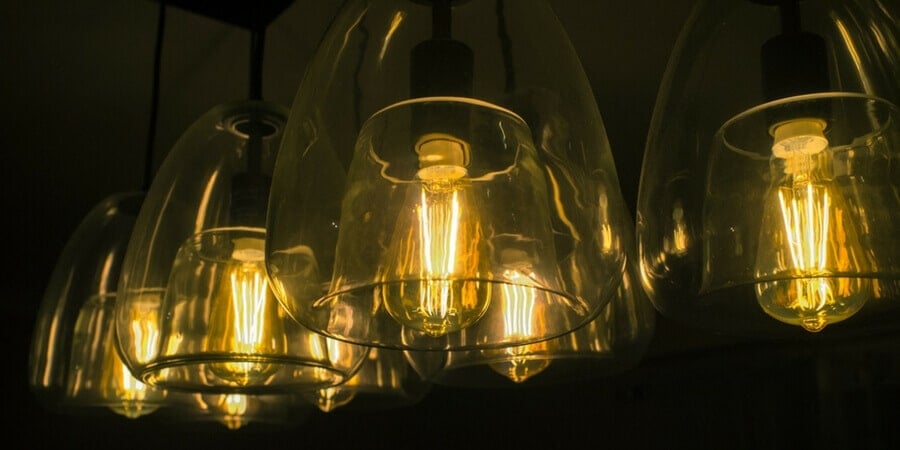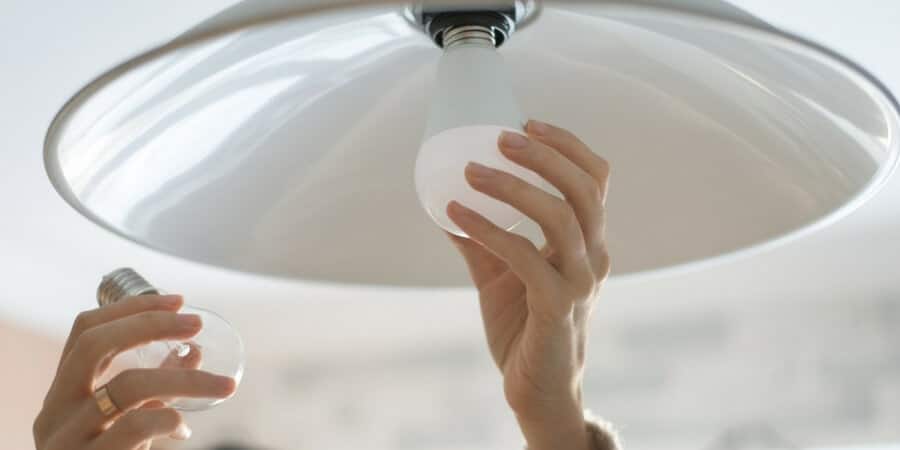Operating a business is expensive, especially overhead expenses like rent, repairs, and utilities. Thankfully, there are ways to cut back. Most commercial buildings waste an average of 30% of the energy they use, which makes reducing your energy consumption one of the most effective ways to lower your business’s operating costs (and its impact on the environment). There are several fronts you can tackle this from, starting with lighting. Let’s take a closer look:
Bright Ideas
Adjusting your company’s lighting design is one of the easier ways to improve your bottom line and reduce energy consumption. There are a few steps you can take to reduce your usage and upgrade your lighting, ranging from something as simple as changing your bulbs to more complex redesigns:
- Encourage employees to turn off lights that aren’t necessary when they aren’t in use.
- Check light levels around your business and remove unnecessary lamps in excessively lit areas.
- Install occupancy sensors in infrequently used rooms so that lights are only on when someone is utilizing the space.
- Change your light switches to dimmer switches so your employees can adjust the level of brightness to suit their respective tasks. Take a look at our dimmer switches:
- Maximize available daylight by taking advantage of windows and skylights, and fill in dark spaces that need lighting with efficient lamps like LEDs or LED ceiling panels.
- Use task lighting where feasible to create properly lit work stations and reduce the need for overly bright ambient lighting. Bonus: effective task lighting can also help boost productivity and reduce eye strain.
- Implement a lighting maintenance program to monitor, upgrade, and maintain your lighting.
- Update old lighting with new LED lamps and light bulbs for a fast and effective way to reduce your energy consumption. Not only do LEDs cut down on cost and energy consumption, but they also generate less heat, which will reduce the cost of your cooling bills.
- Upgrade parking lamps, outdoor signage, and emergency exit signs. You can either update the fixtures entirely or replace their incandescent or halogen bulbs with LEDs. Don’t forget the bulbs inside of exit signs – these are a commonly overlooked aspect of office lighting design, and depending on the size of your space and how many emergency exits you have, you might be surprised by how much energy these lights are wasting. By replacing these exit signs or their bulbs with LEDs, you can see significant savings.
Additional Tips for Reducing Energy Consumption
While lighting is one of the most obvious and easy areas to reduce your energy use, there are some other things you can do aside from adjusting your lighting setup. Engaging employees, performing proper maintenance, and putting in a little extra effort can help you cut back. Try these additional tips to improve consumption levels across the board:
- Plant shade-giving deciduous trees outside your office to keep your building cool in the summer and warm in the winter.
- Install a programmable or smart thermostat to keep the temperature comfortable during work hour and a little warmer (or cooler, depending on the season) after everyone leaves for the day to conserve energy overnight.
- Create a culture that embraces energy efficient practices through training and education, as well as contests, competitions, or incentives to encourage employees to start practicing good energy-saving habits.
- Maintain and audit office equipment, including heating and cooling systems. Find out what items are on and using power after hours or when they’re not in use and take steps to power them down at the end of the day. Unplugging items that aren’t in use or connecting them to power bars is also an easy way to reduce phantom electric loads.
- Seek out and seal air leaks with window films, caulking, and weather stripping.
- Upgrade building insulation to improve indoor environmental control and reduce unnecessary heating and cooling.
Cutting Down on Consumption
In commercial settings, you may think that traditional tactics for cutting back on energy consumption won’t have an impact, but it’s surprising how similar and easy to implement the changes can be. For more tips on upgrading to more efficient lighting, learn why your office should make the switch to LEDs and check out our quick guide for switching to energy efficient office lighting.
Have any questions? Learn more about how we have helped companies reduce their energy consumption in commercial settings by checking out our case studies or get in touch with us at +44 (01869) 362222 or [email protected].























































































